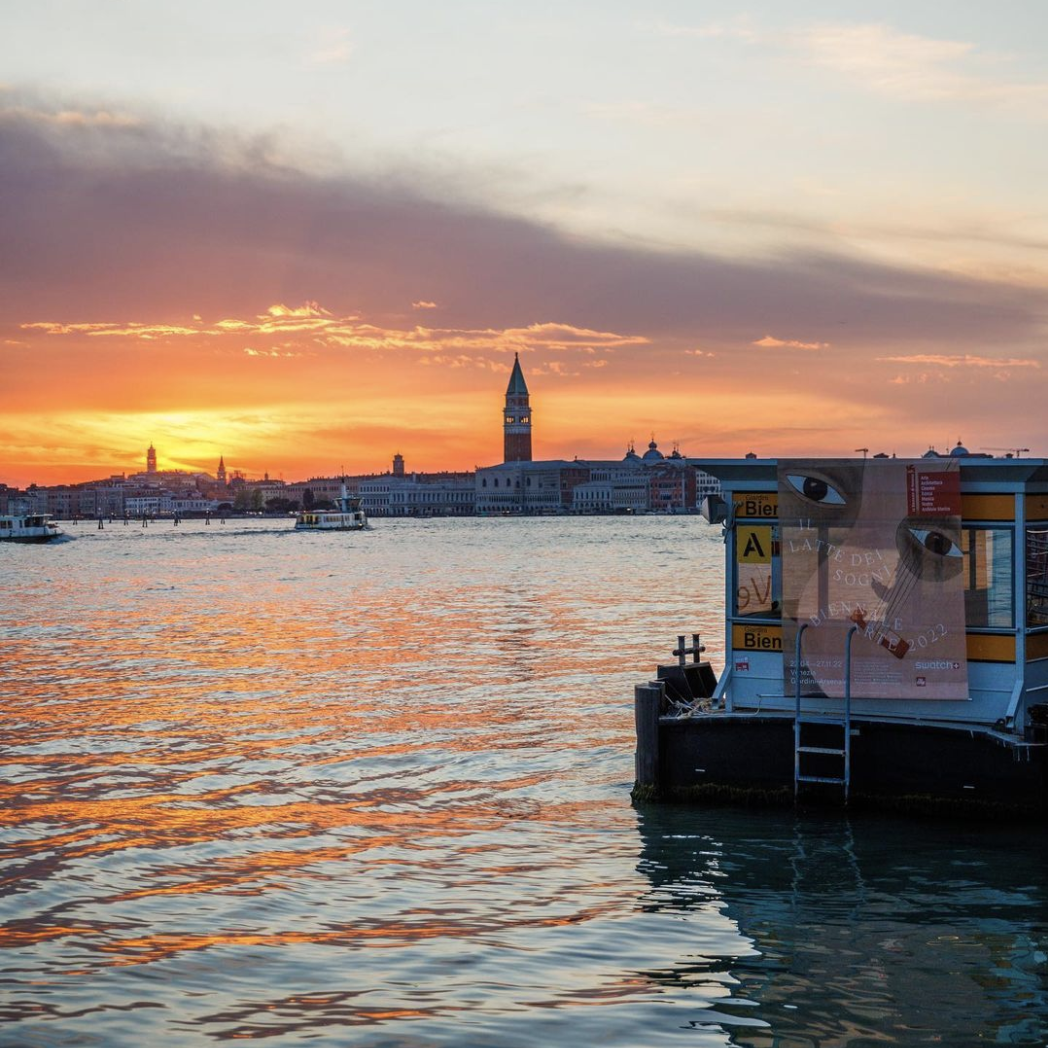Blue and white colors in nature, are perhaps the most common, vast and profound color combination: blue sky and white clouds, the ocean and spray. In the field of art, this is also a charming palette. The blue and white porcelain has also become a visual symbol of Chinese cultural glory, which has endured since times gone by.
Nature in Wonderful Design: Blue and White Porcelain
Blue and white porcelain, which matured during the Yuan Dynasty. A pair of “the David Vases” is placed at the entrance to the permanent hall of the Percival David Foundation of Chinese Art at the British Museum, which is understood as the standard for the blue and white porcelain produced in the Yuan Dynasty. There is a saying that Yuan people favoured the color white because of their nomadic roots and yearning for the white clouds, while in the Song Dynasty, people preferred the soft water and the breeze in the city Lin’an. They immersed themselves with the infatuation of the color cyan from the sky after rain. Any color with a strong contrast is easily dubbed as ‘vulgar’. Unfortunately, they quickly lost their authority in the matter of aesthetics. The emperor of the Yuan Dynasty did not even realize that apart from winning the title of “Heavenly Khan” and the expansion of territory and attacks on all sides that made the greatest contribution to mankind also made it possible for mankind to have far reaching contact and integration of different ethnical groups for the first time. Blue and white porcelain has also started to become a “global commodity” in this era, which has been highly appraised and sought after by western countries and cultures.

The David Vases
The city ‘Jingdezhen’ is like the holy cities of Mecca and Jerusalem in the world of ceramics. From the Han dynasty onwards, Jingdezhen has prepared itself for technical perfection over several hundred years. Finally, in the Yuan dynasty, with the popularity of the blue and white porcelain, Jingdezhen also became the center of porcelain making and has been occupying this lead for hundreds of years. As for the imperial kilns set up here in Ming and Qing dynasties, that’s another story.
In fact, as early as the Tang Dynasty, the blue and white porcelain appeared in the kiln in Gongxian County, Henan Province. At that time, the very fine white clay of the kiln in Gongxian County provided a high-quality foundation for the color development of the blue and white porcelain. In the Yuan Dynasty, Jingdezhen’s fine Kaolin paved the pathway for the full maturity of blue and white porcelain. During the period of the greatest prosperity of the blue and white porcelain in Yuan Dynasty, the materials for the blue and white porcelain came from the region currently known as Samara in Iraq, and a large number of blue and white porcelain of Yuan Dynasty were also exported to Persia. The maturity of blue-and-white porcelain is due to the demand of the market rather than political intervention. The situation may not be what most people had expected, but it is the case. After hundreds of years passed and with the start of the Age of Discovery, the Portuguese, Dutch and British merchant ships came to China after many battles. They were seeking rich profits brought by the production of the blue and white porcelain in the heart of this vast land.
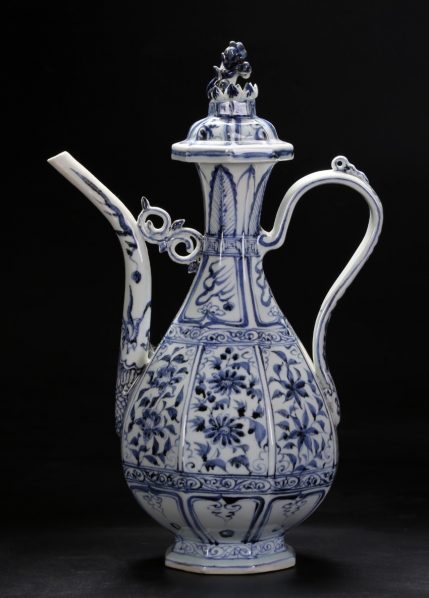
Ke Qin Tang Production: Blue and White Porcelain Work
Blue and white porcelain has been the main product of the Jingdezhen porcelain industry in the Yuan, Ming and Qing dynasties. The technologies of blue-and-white porcelain were continuously evolving and innovative, its design will also show distinctive characteristics of ages due to the customized design for royalty and the participation of the scholars at that time. Today, Jingdezhen’s efforts in the field of archaizing the blue and white antique is conspicuous. The royal kiln Yuan Hua Tang and Ke Qin Tang have made great achievements in this field. They follow the ancient porcelain making process and focus on the inheritance and revival of ceramic culture.
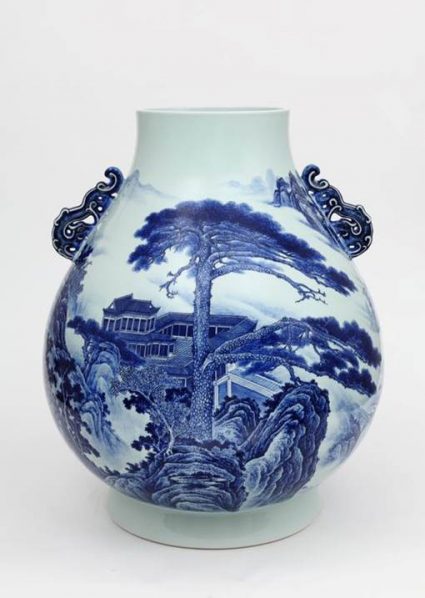
Yuan Hua Tang Production: Blue and White Porcelain Work
In addition to the revival of traditional skills, we can see more diversity in the blue and white porcelain culture which has been slowly excavated in Jingdezhen today:
Liu Boxu, who graduated from the Department of Graphic Design, the Central Academy of Fine Arts, applied the modern practice of blue and white to daily utensils, established the brand into daily experimental utensils. He paid great attention to the practicality and experience of reality, simplified the pictorial pattern in the blue and white porcelain into a simple line. The line formed different spatial senses due to different models. The performance of rational restraint is impressive to the spectators, while the origins are from the old blue-rimmed bowl that indicates a profound personal understanding of the traditions.
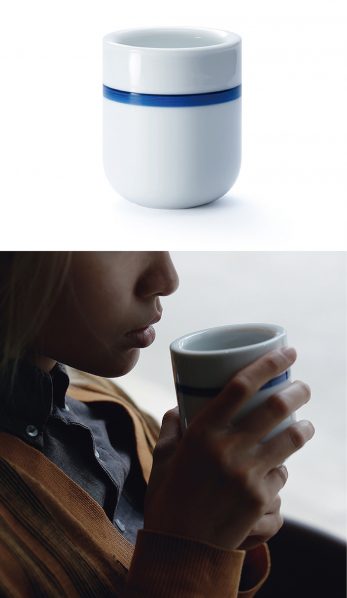

Liu Boxu’s Porcelain Works
The great volume of the blue and white porcelain works made in the Red House ceramic studio in Jingdezhen by Ms. Felicity Aylieff from the Royal College of Arts in London has impressed everyone who has seen them, the powerful force and dramatic feeling created by various shades and strokes showed her mastery in blue and white skills, and a passion for the creation process of her blue and white works was even more unforgettable.

Felicity Aylieff’s Porcelain Works
Zhen Ru Tang, an emerging studio in Jingdezhen, is also representative of the practices in the ceramic industry chain. Their blue and white porcelain works constitute balances and choices between traditional Chinese painting and traditional ceramic decoration. After understanding the essence of the two traditions, their deconstruction and re-creation did not show heavy technical and historical burdens and therefore they can be easily related to the life of contemporary people.
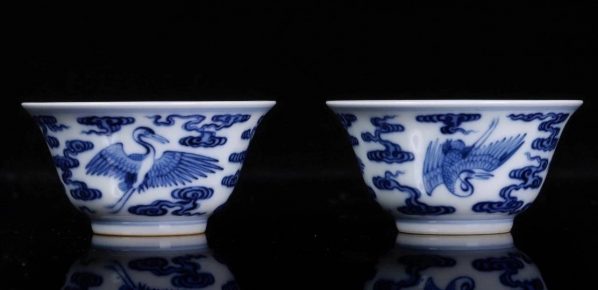
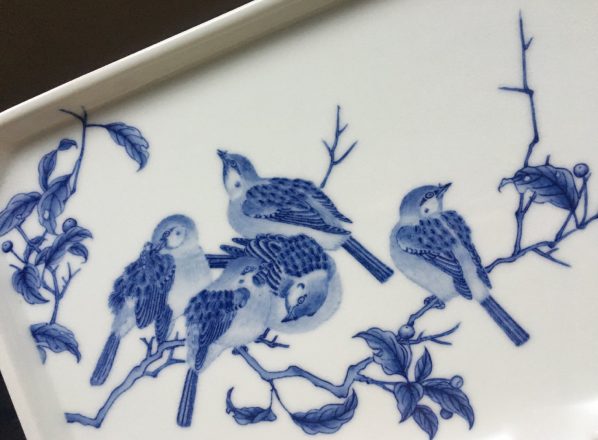
Zhen Ru Tang Production: Blue and White Porcelain Works
Surely, there are also reasons why Jingdezhen became what it is now. Designer Angels said: “Jingdezhen is like a concert hall, with a large number of people playing music by Mozart or Bach. They continue with the traditional in a repetitive way.” From this point of view, there is no difference between Jingdezhen now and Jingdezhen in the Ming Dynasty, and there are not too many cities like Jingdezhen in the world.
We can have a glance at the beauty of the blue and white porcelain in the historical review, taking ceramics as a clue, and sorting through the aesthetic context. We need to be “personally present” to comprehend the material and its cultural heritage from the touch of the material in real life, through to what we understand as to why the blue and white porcelain has became the visual symbol of Chinese culture and feel the charm and temperature of this tradition in the present. Finding a chance to explore the core and the contemporary expression of blue and white porcelain culture in Jingdezhen, exploring the classical aesthetic value in the modern ceramic design, creation and production. Letting beauty circulate the world.
The Central Academy of Fine Arts “Nature in Wonderful Design (Tian Wu Wen Xin)”: Ceramic Creation and Design Course will start on April 8, 2019 and registration is in progress ( registration deadline is March 29 2019).
For further information please contact Mr. Wang: +8610-64771281/+86 156 5230 8818.




